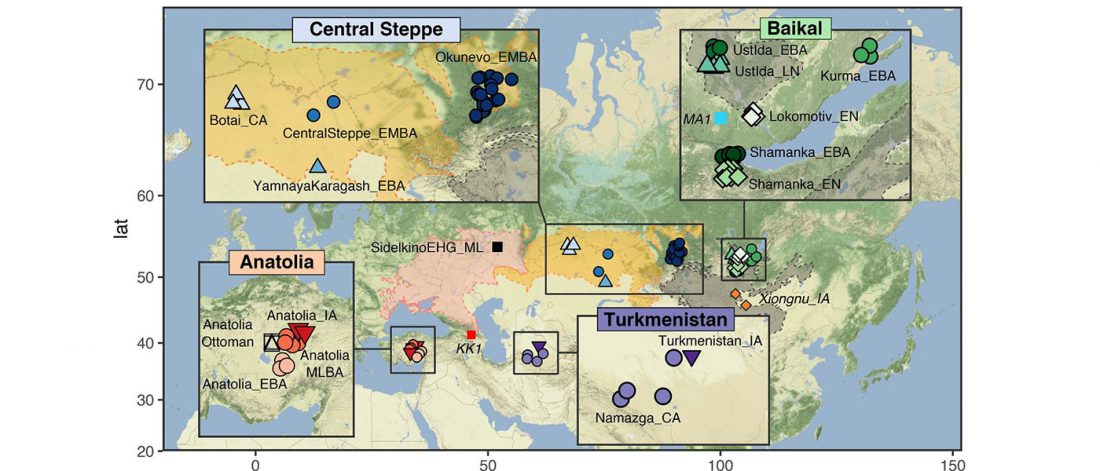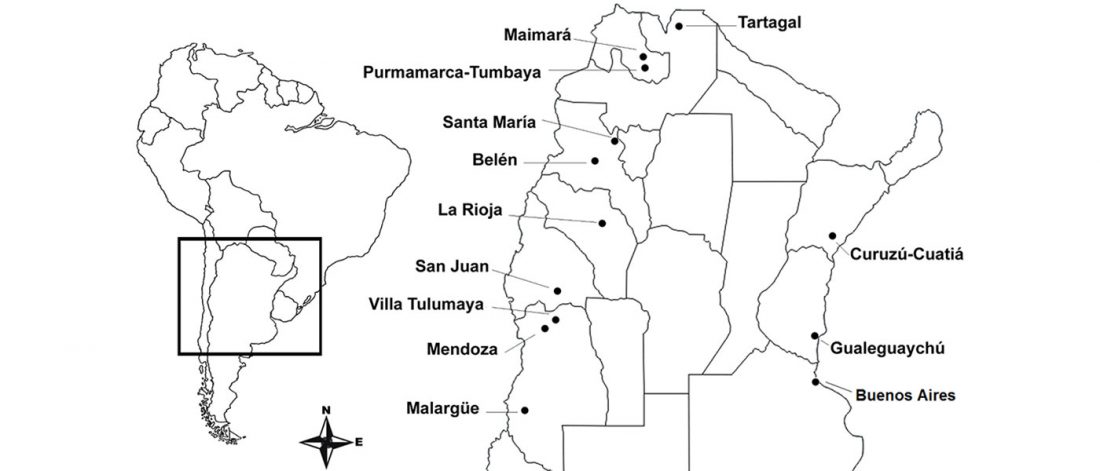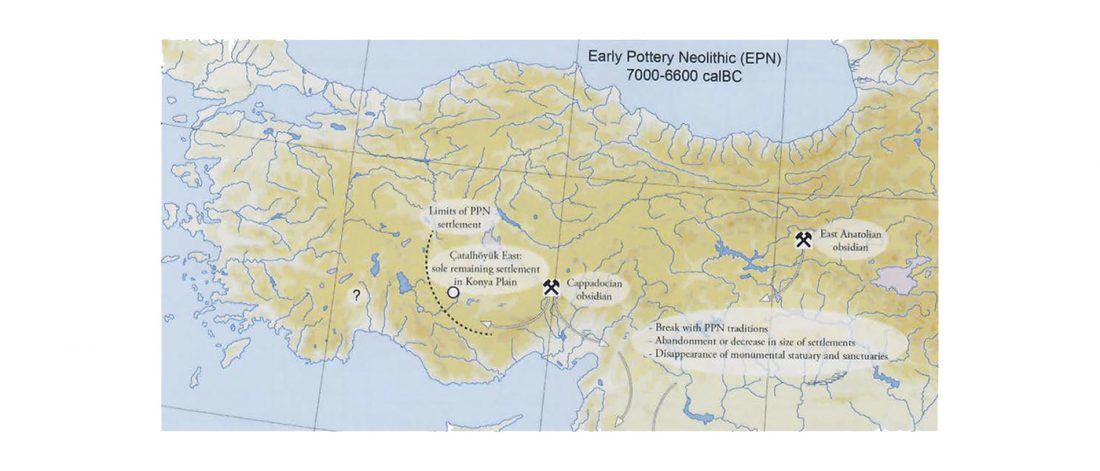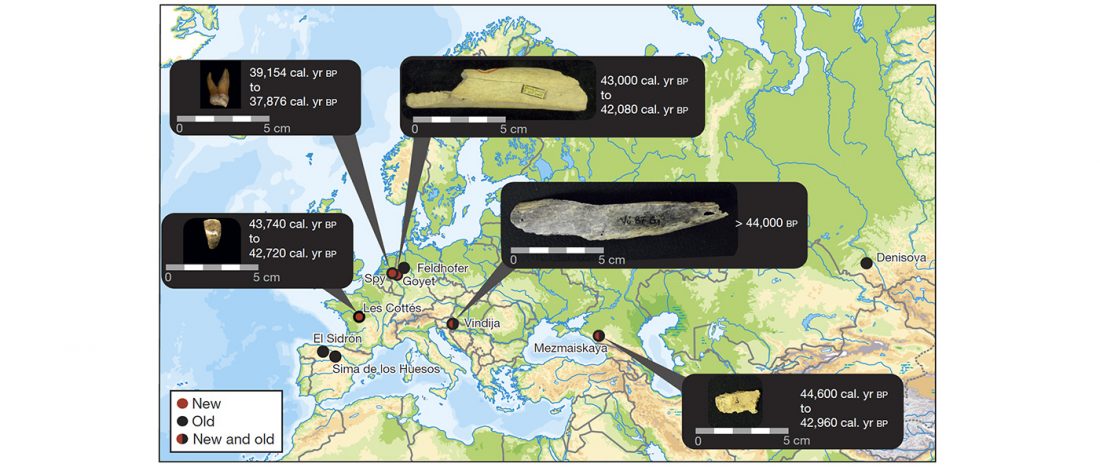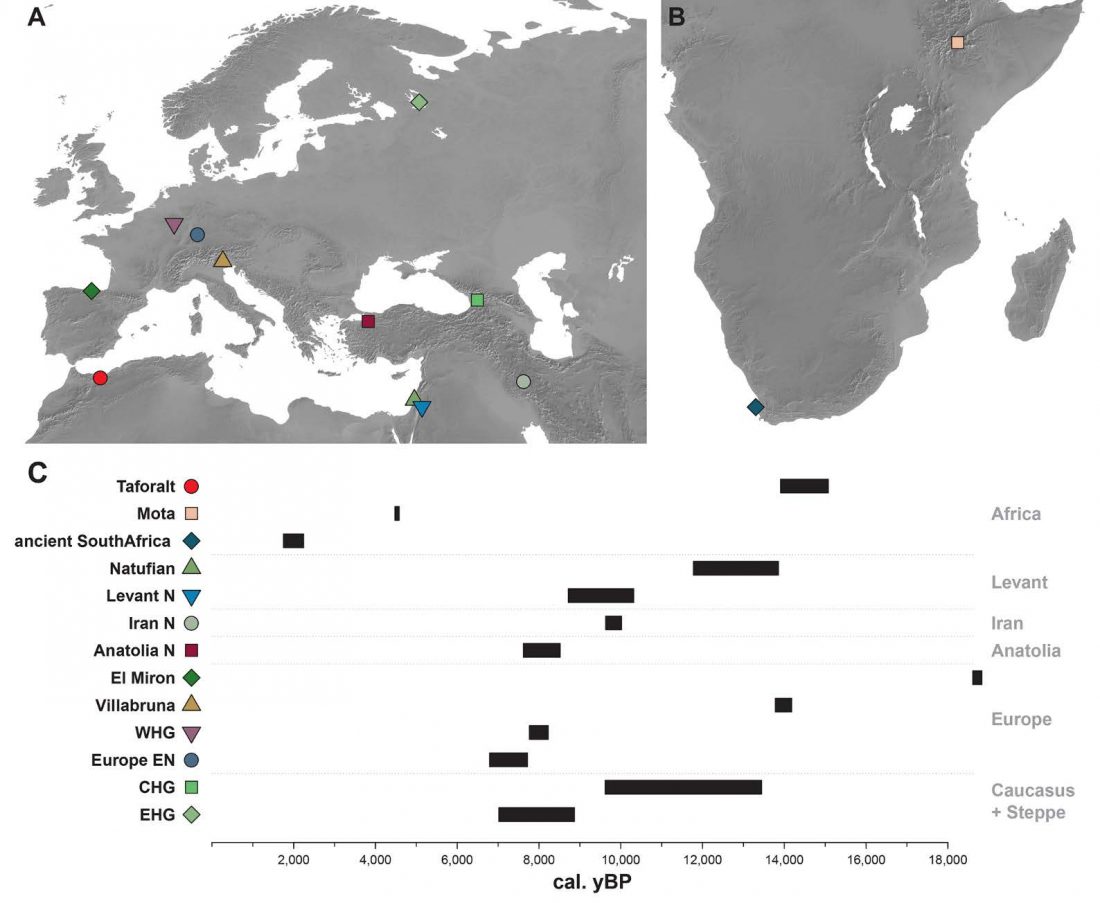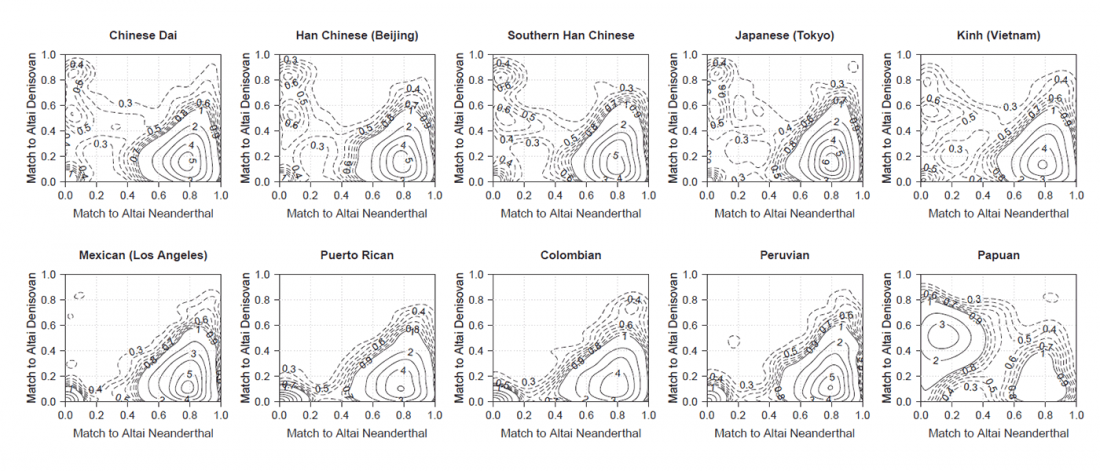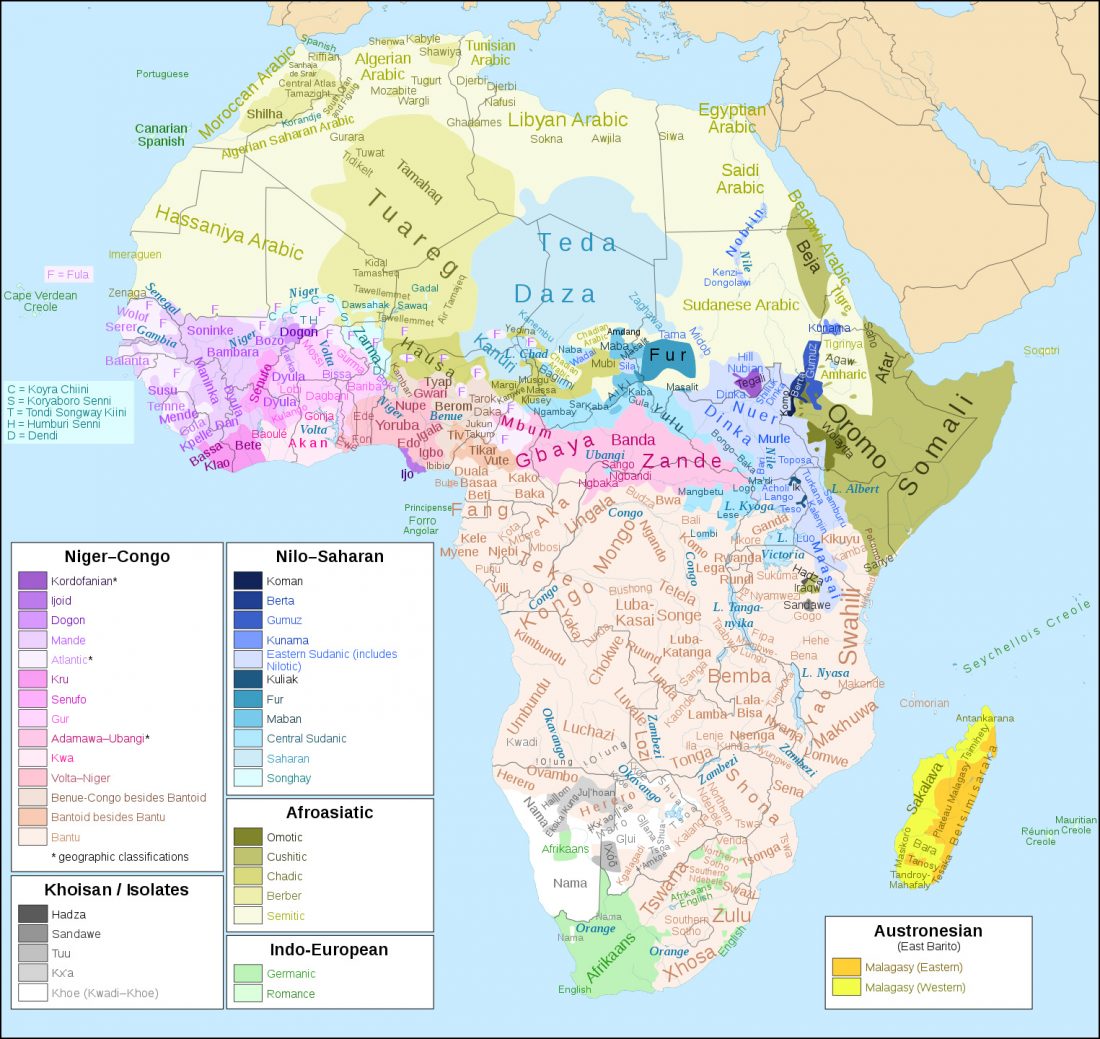Another, simultaneous paper with the Eurasian samples from Nature, The first horse herders and the impact of early Bronze Age steppe expansions into Asia, by de Barros Damgaard et al., Science (2018).
A lot of interesting data, I will try to analyse its main implications, if only superficially, in sections.
Anatolian samples
Anatolia_EBA from Ovaören, and Anatolia_MLBA (this including Assyrian and Old Hittite samples), all from Kalehöyük, show almost no change in Y-DNA lineages (three samples J2a, one G2a), and therefore an origin of these people in common with CHG and Iranian Neolithic populations is likely. No EHG ancestry … Read the rest “No large-scale steppe migration into Anatolia; early Yamna migrations and MLBA brought LPIE dialects in Asia”
